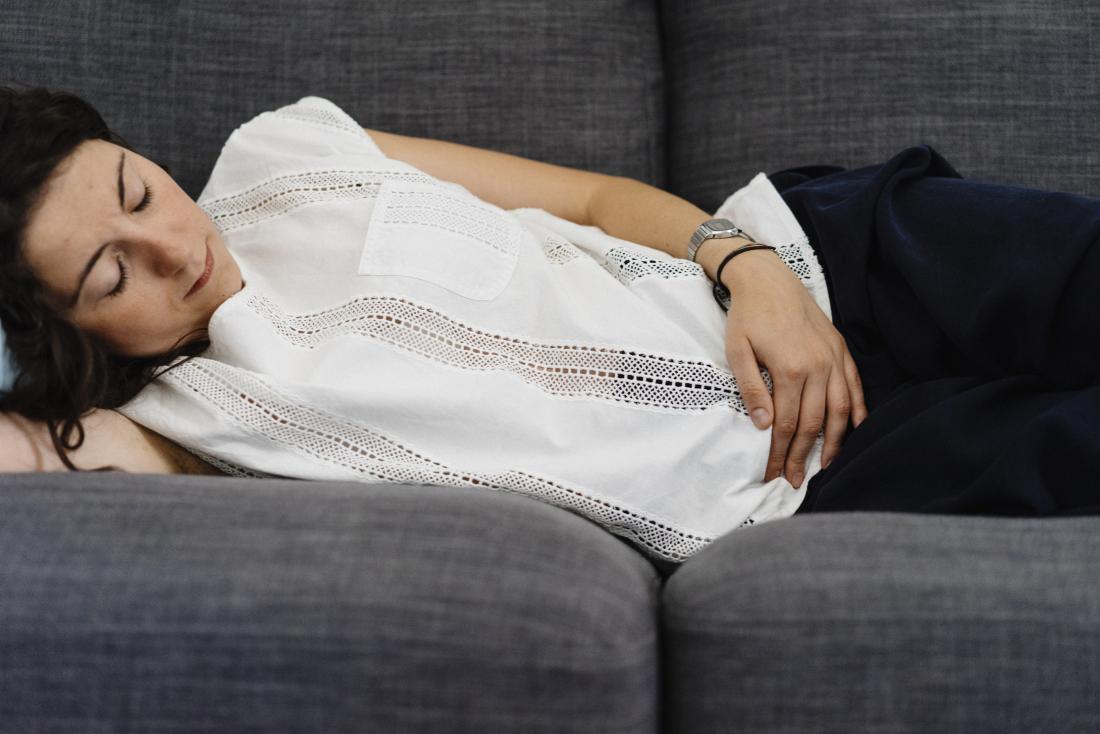For many women, pelvic floor weakness can cause unwelcome symptoms. Osteopathy may help prevent and treat problem areas.
Why pelvic floor weakness affects women
Your pelvic floor is an area of muscles strung between the various bones of your pelvis. They support the organs of the lower abdomen, including your bladder, uterus, and bowel. Weakness or distortion of your pelvic floor affects function of these structures.
Up to a third of all women experience a problem with their pelvic floor muscles at some point in their lives. Changes such as pregnancy, giving birth, and even menopause affect the strength of these muscles.
Mothers of young children inevitably lift and carry their child a lot. Poor postural positioning whilst doing this or during breastfeeding adds strain to a body that may still be healing from the additional demands of pregnancy and birth.
Later in life, after the age of 40, women lose muscle bulk throughout their body, including the pelvic floor. Hormonal changes also affect the strength of the web of muscles in this area.
When to seek support for your pelvic floor
Symptoms of pelvic floor weakness include pelvic girdle pain or Symphysis Pubis Dysfunction (PGP/SPD), painful periods, incontinence, sexual dysfunction or prolapse.
Understandably, many women feel hesitant about seeking support for such intimate issues. Yet pelvic floor weakness is not an inevitable part of growing older or “the way it is” after giving birth. Osteopathy during pregnancy or menopause can support women to both prevent and correct imbalances that cause pelvic problems.
Whether you have a diagnosed condition, suspected condition or are experiencing pain or symptoms such as incontinence, osteopathy for pelvic floor weakness may help.
How does osteopathy support pelvic floor health?
You might think of physical therapy just in terms of injury recovery; but in fact, an osteopath can support you through life changes such as pregnancy, birth and menopause, with the challenges those changes bring for your body.
Following a structural assessment of your pelvis and spinal alignment, gentle osteopathic manipulation rebalances your pelvis and releases tight muscles. Improving the strength and function of these muscles can reduce urinary symptoms, enhance circulation to the genital region and may help or prevent symptoms of pelvic organ prolapse.
A holistic approach
Osteopathy takes a whole-body approach to the pelvic floor. Because soft tissue connections from other structures in the body to the pelvis can also impact the pelvic floor, an osteopath will conduct a thorough assessment of your spinal alignment and posture.
There is another element too; because problems caused by pelvic floor weakness can impact on the quality of your life and relationships, the health of your pelvic floor is connected to your wellbeing as a whole.
Here in our Cambridgeshire clinic, our osteopaths use the whole spectrum of tools from spinal manipulation, visceral manipulation, fascial release and soft tissue massage to strengthen your pelvic floor. In addition, our lead osteopath Claire Forrester uses Hypopressives, a system of breathing exercises which offers fantastic results with women’s health conditions including prolapse and urinary incontinence.
Why not book your osteopathy appointment now?

